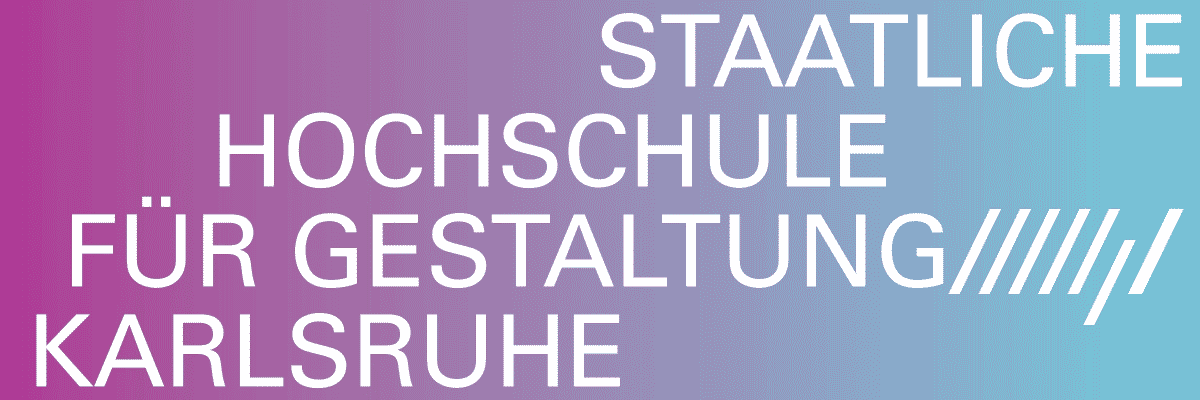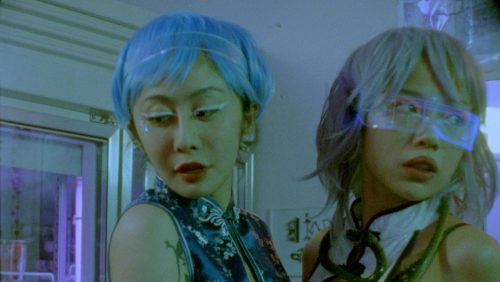
Groupshow
Echo of the Depth in Space
Project Info
- 💙 Pragovka Gallery
- 💚 Anna König Vlk
- 🖤 Groupshow
- 💜 Anna König Vlk
- 💛 Marcel Rozhoň
Share on
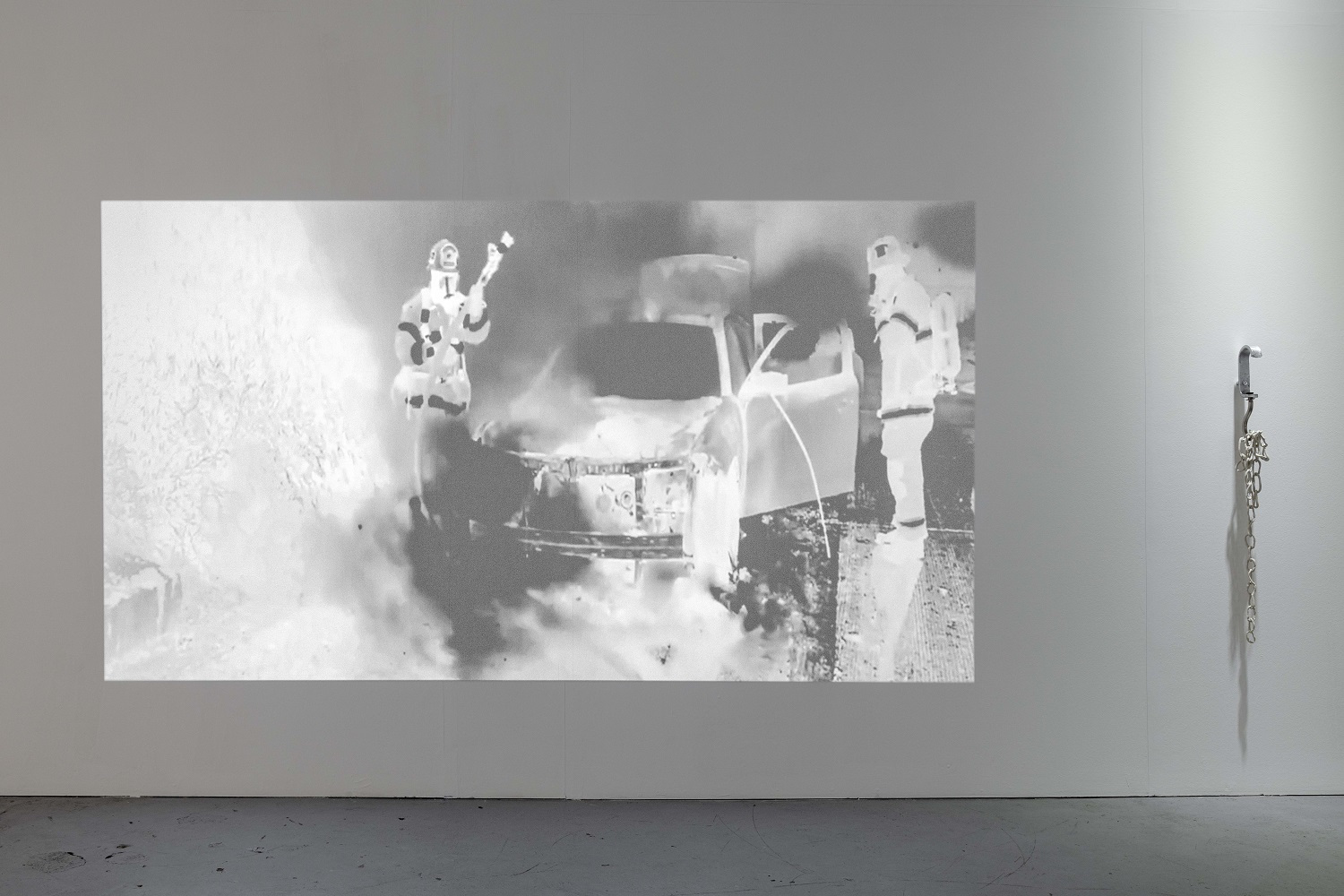
Advertisement
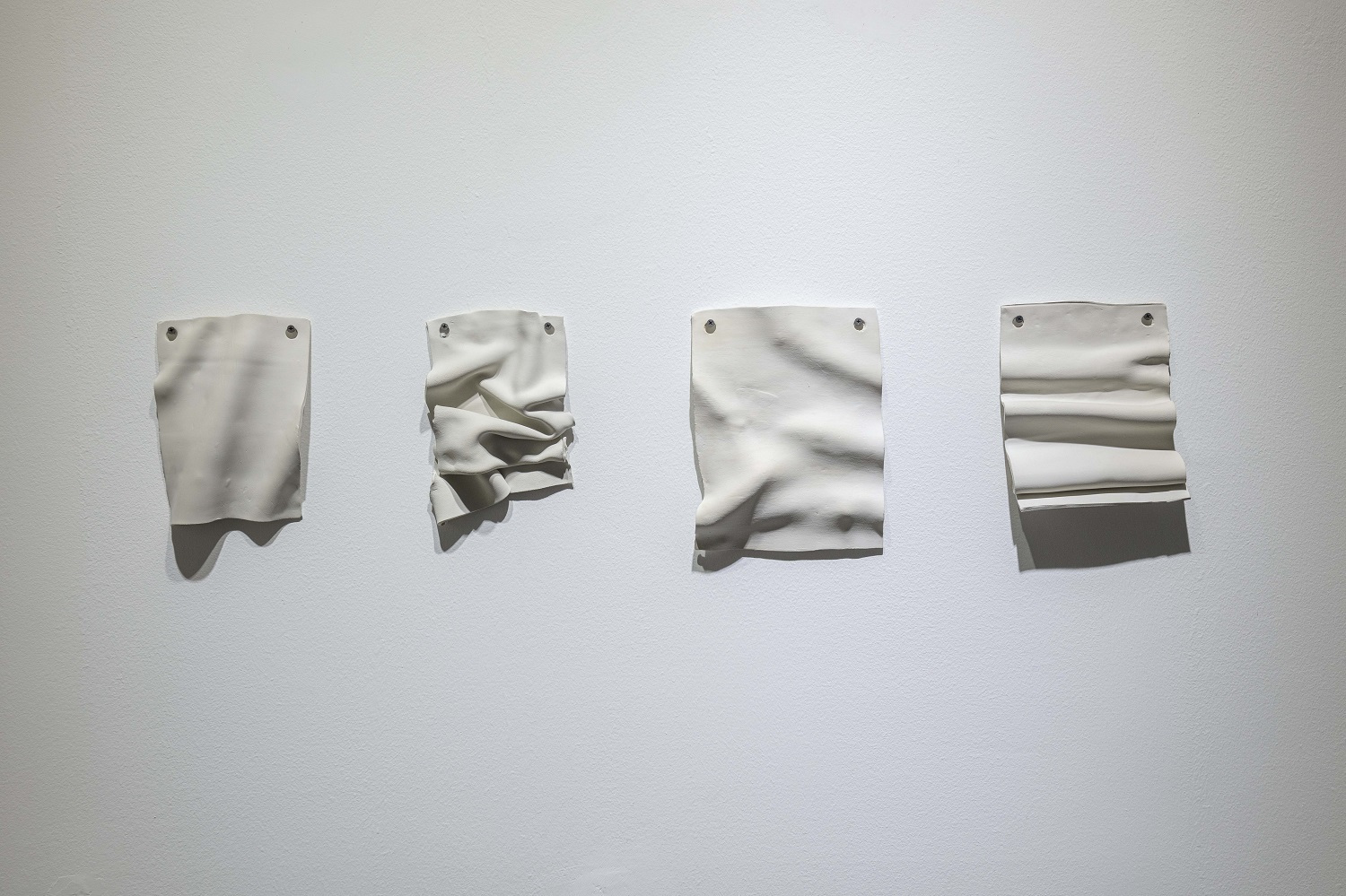
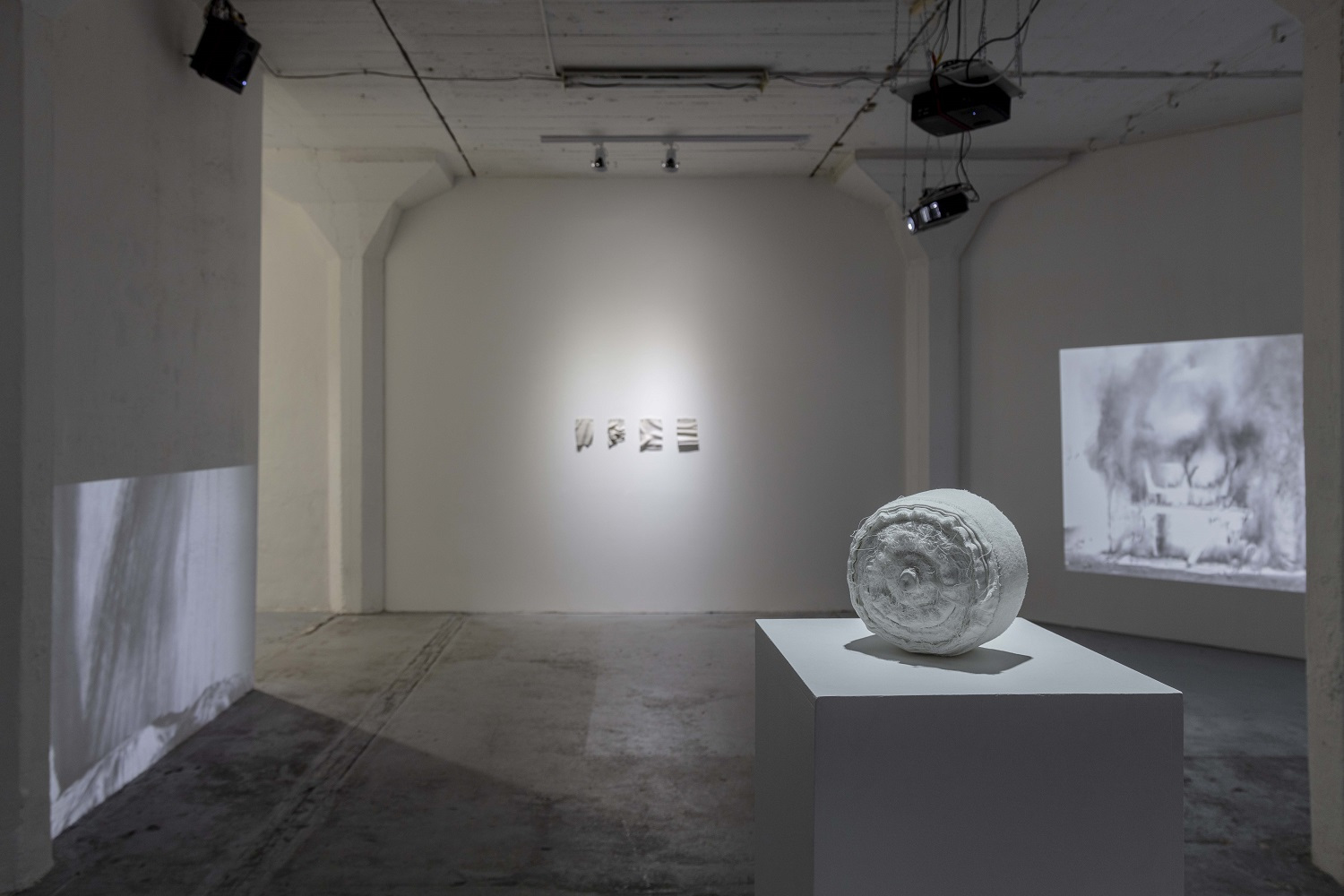
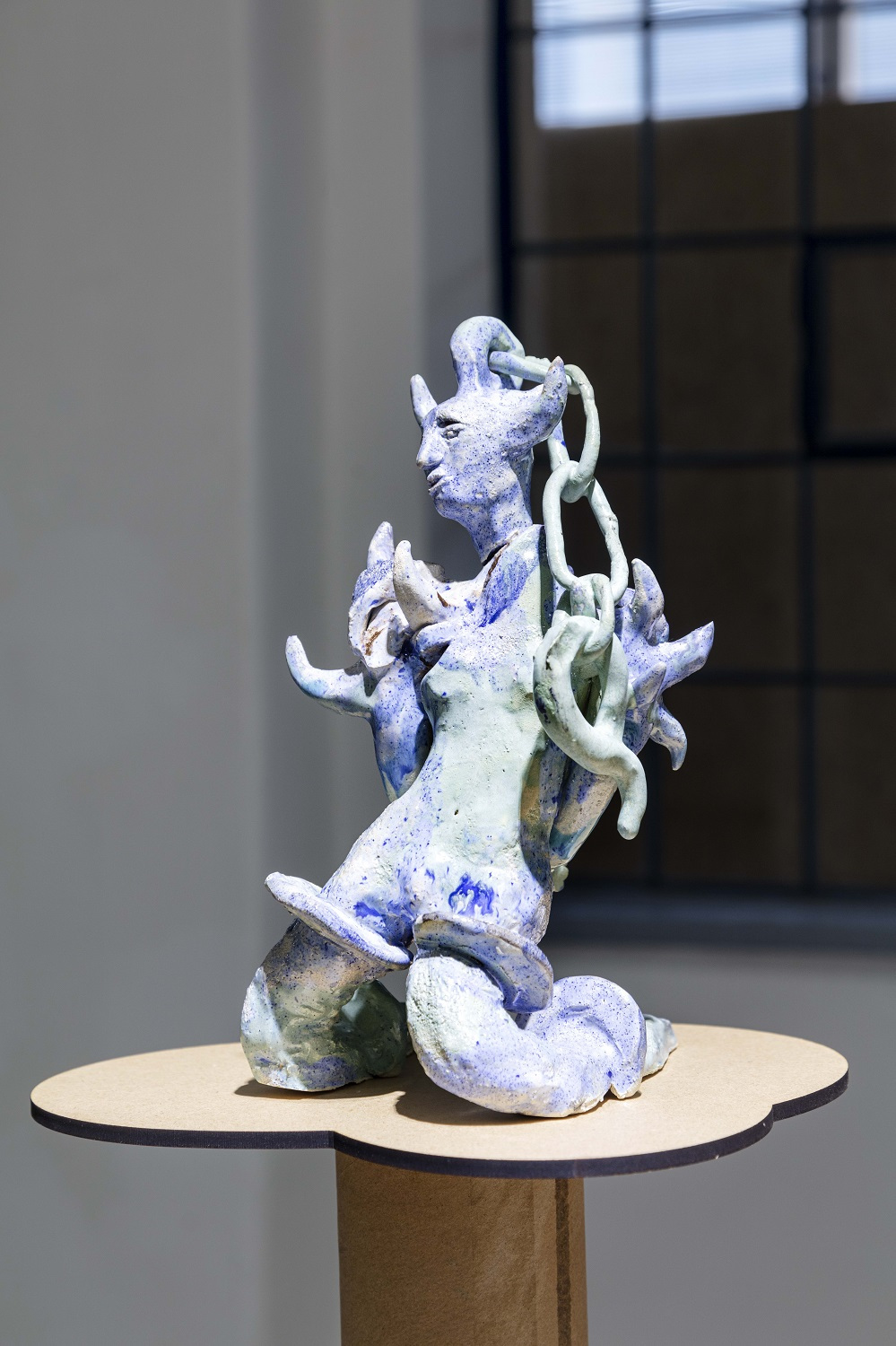
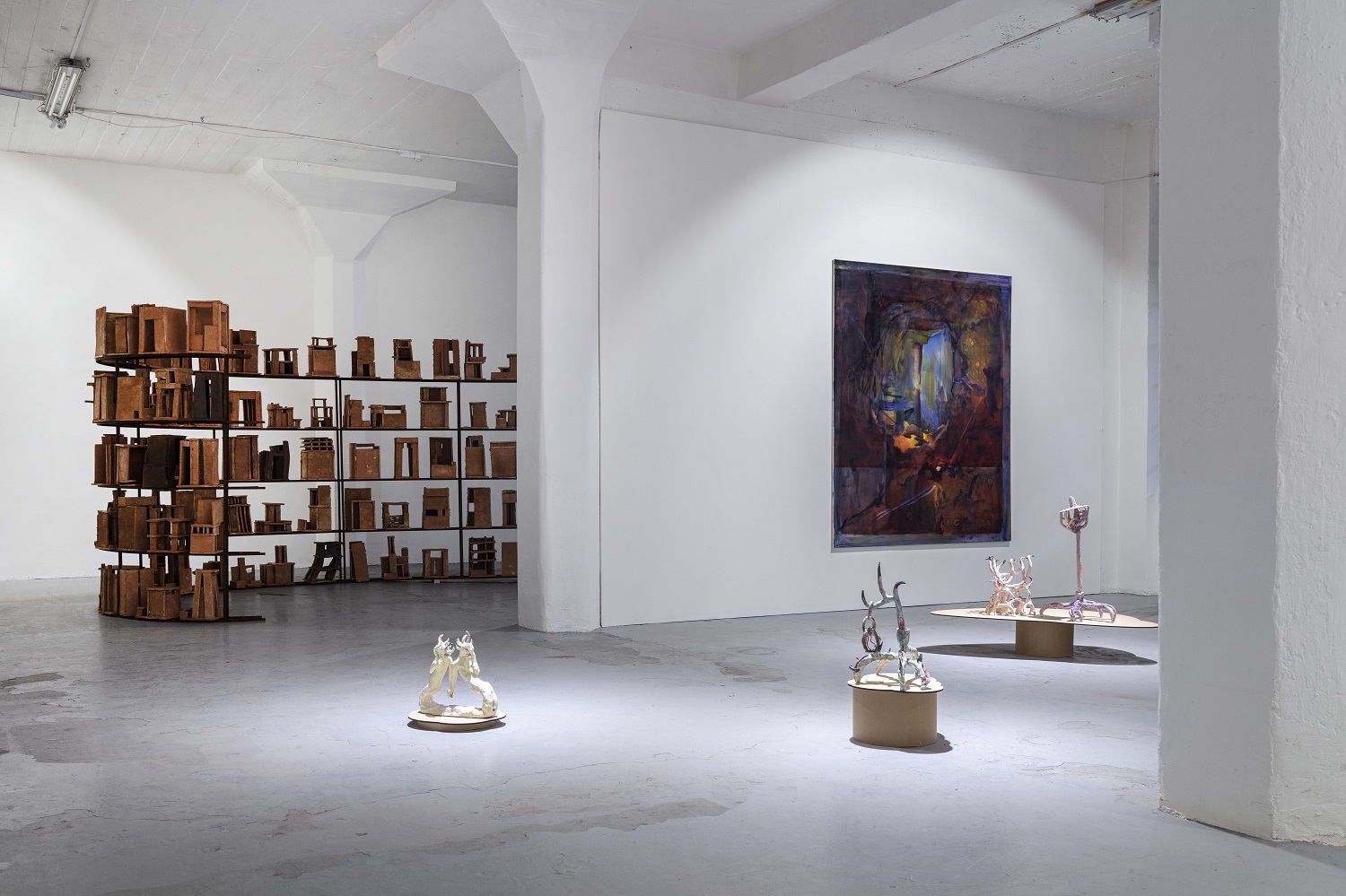
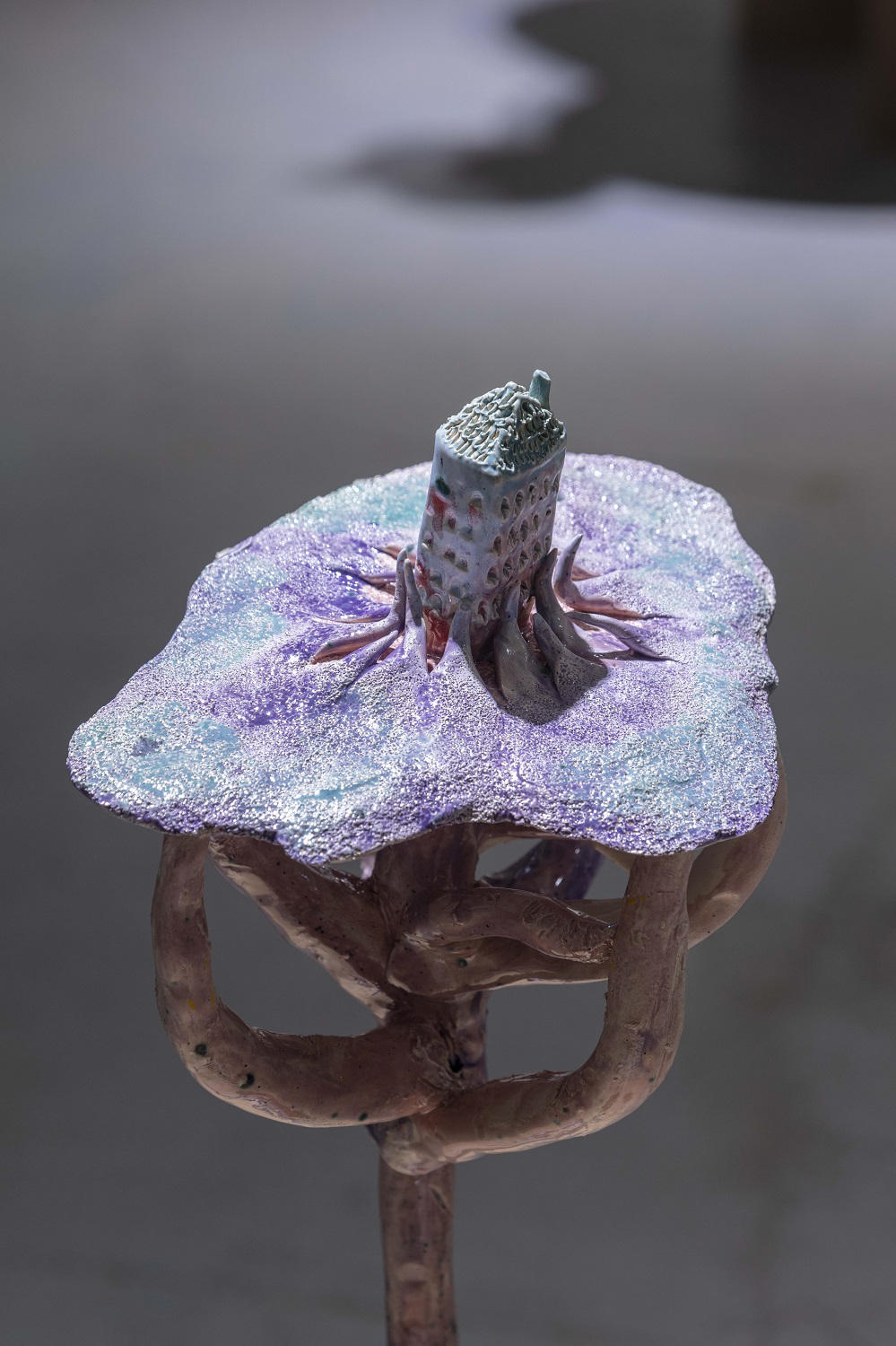
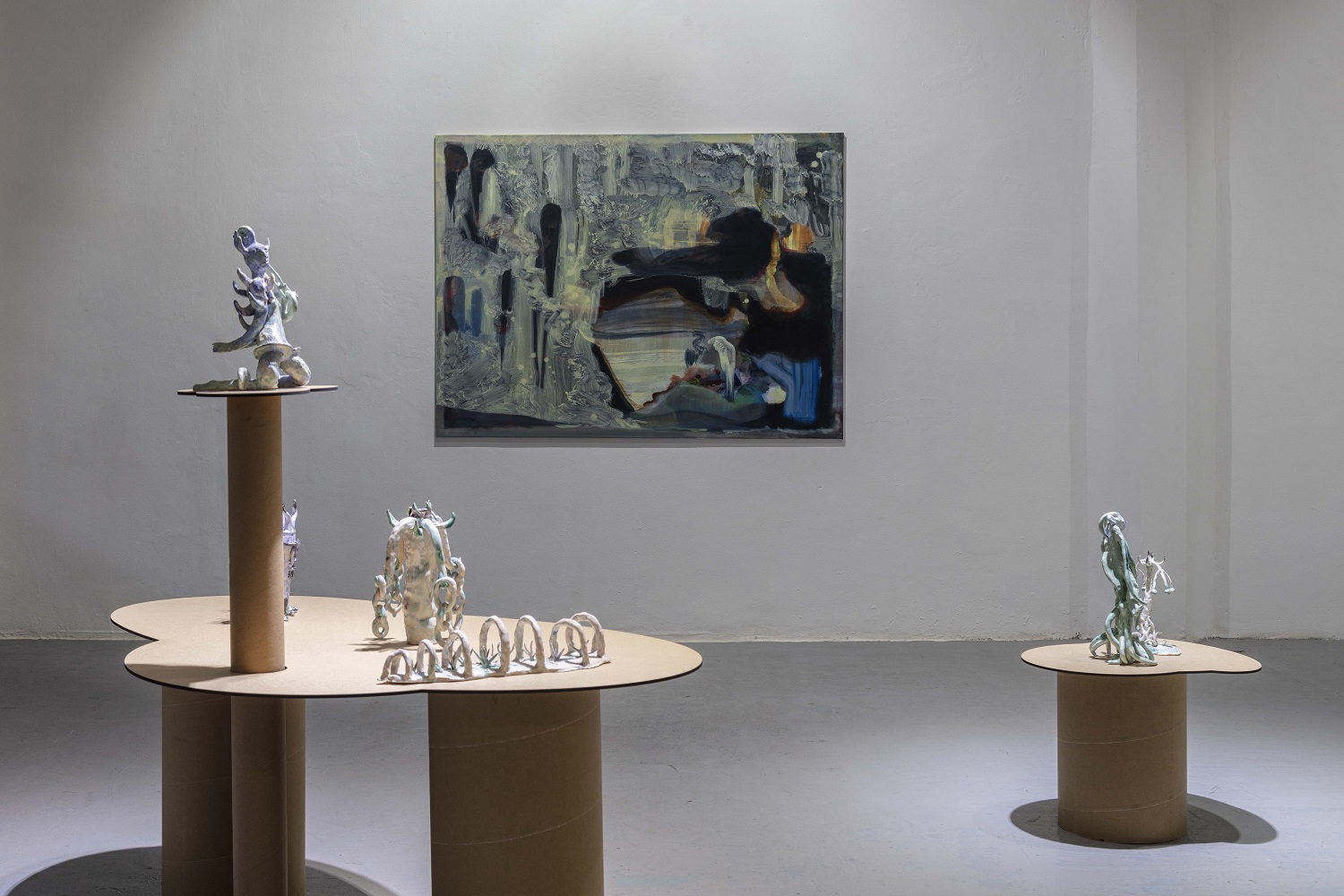
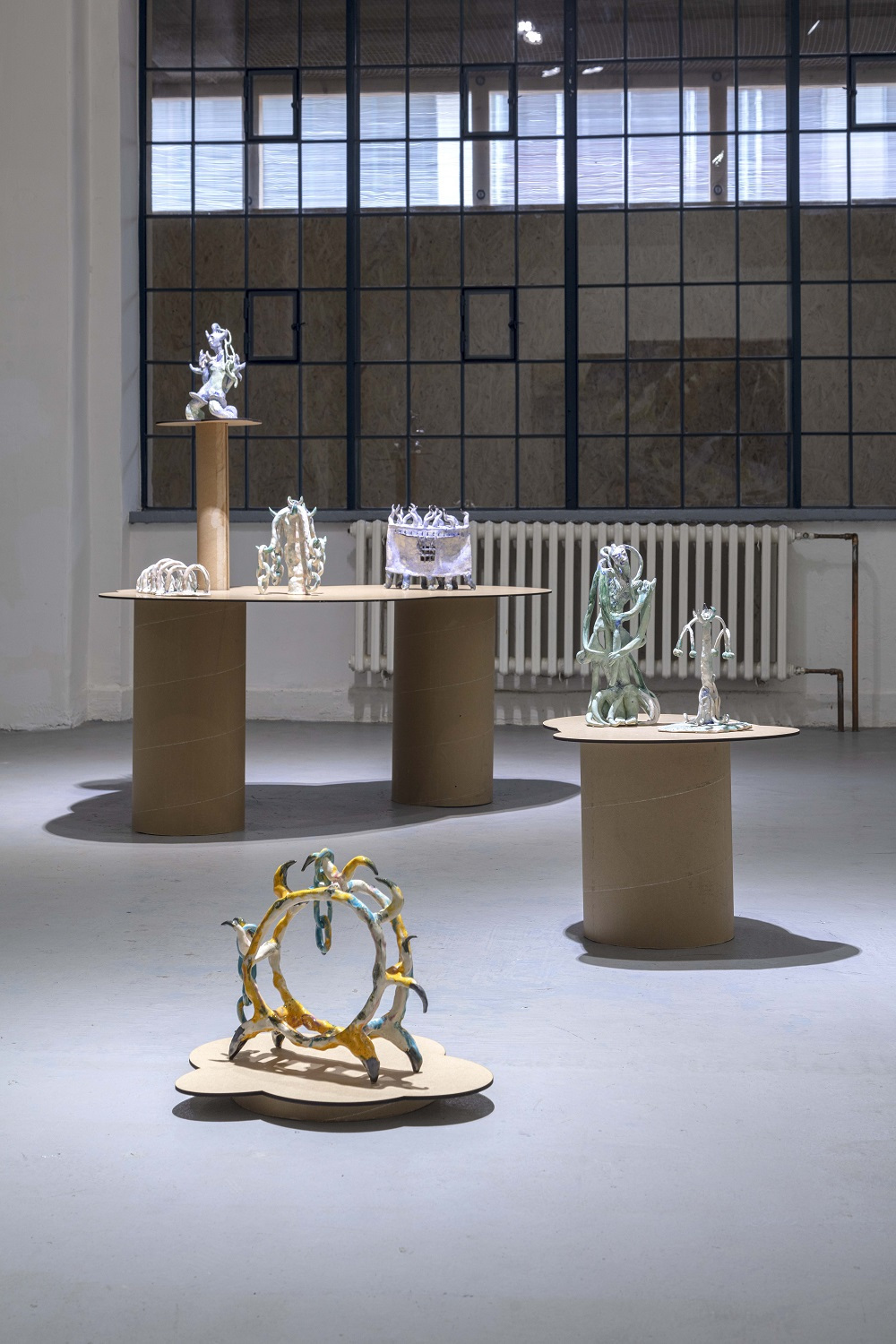
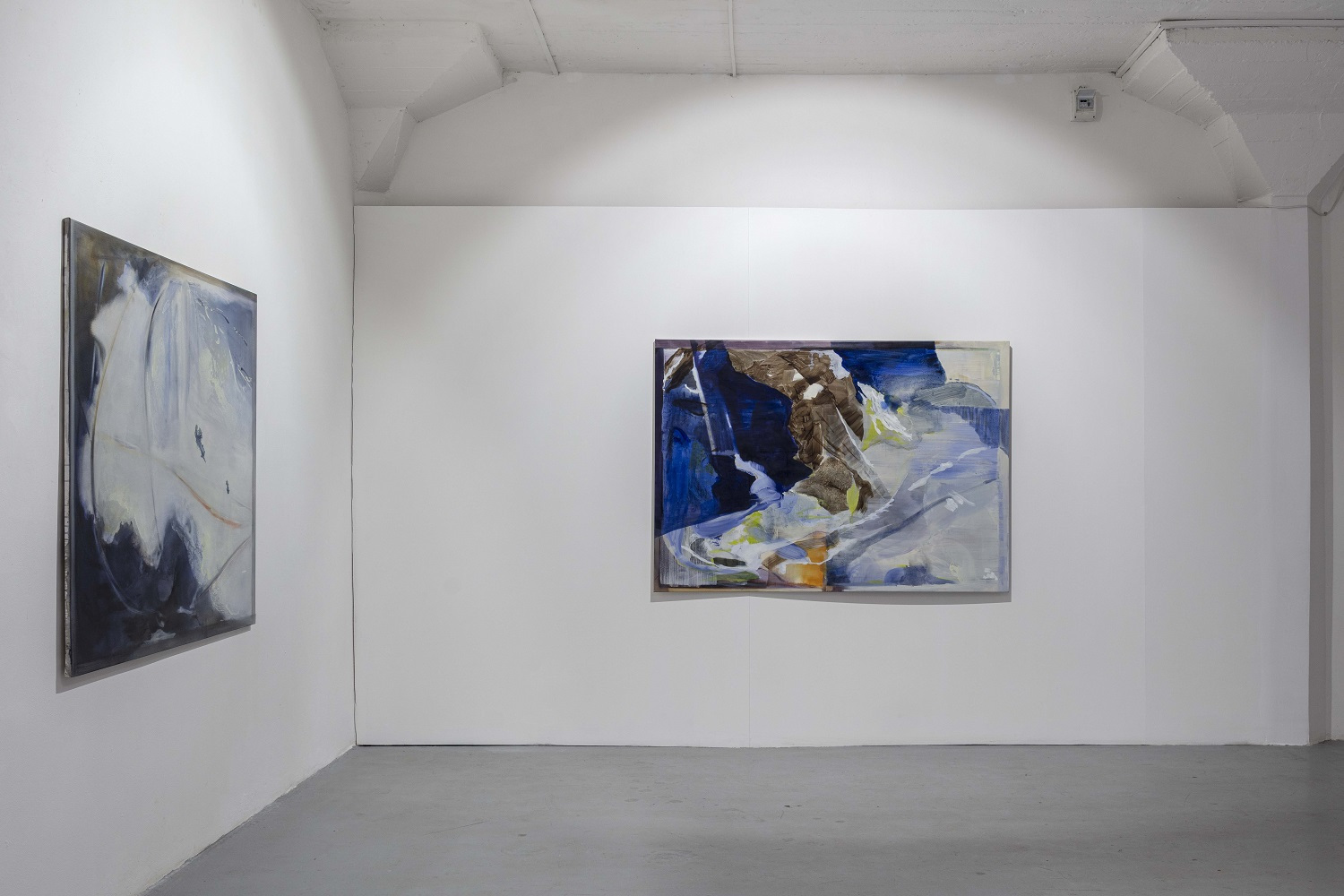


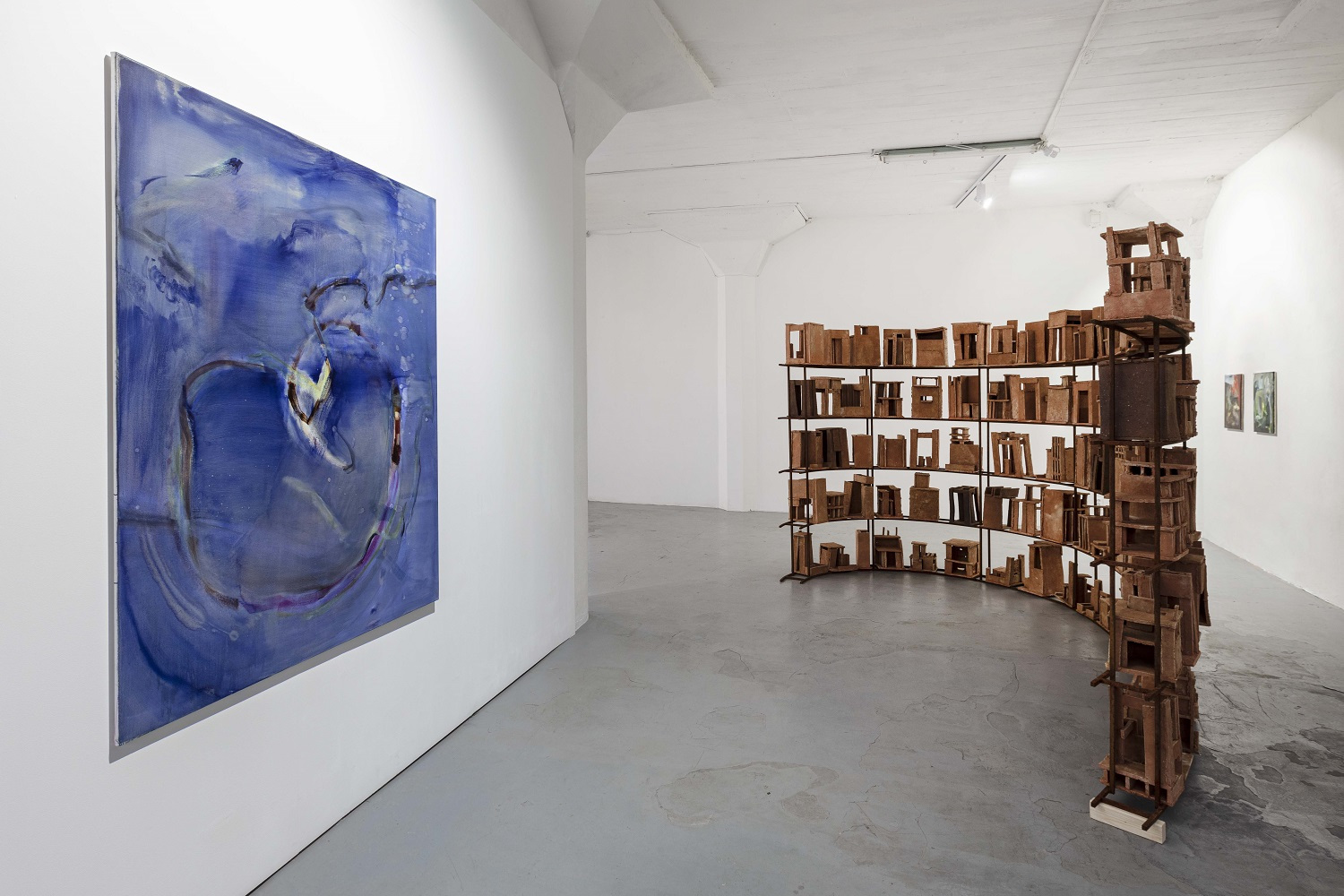
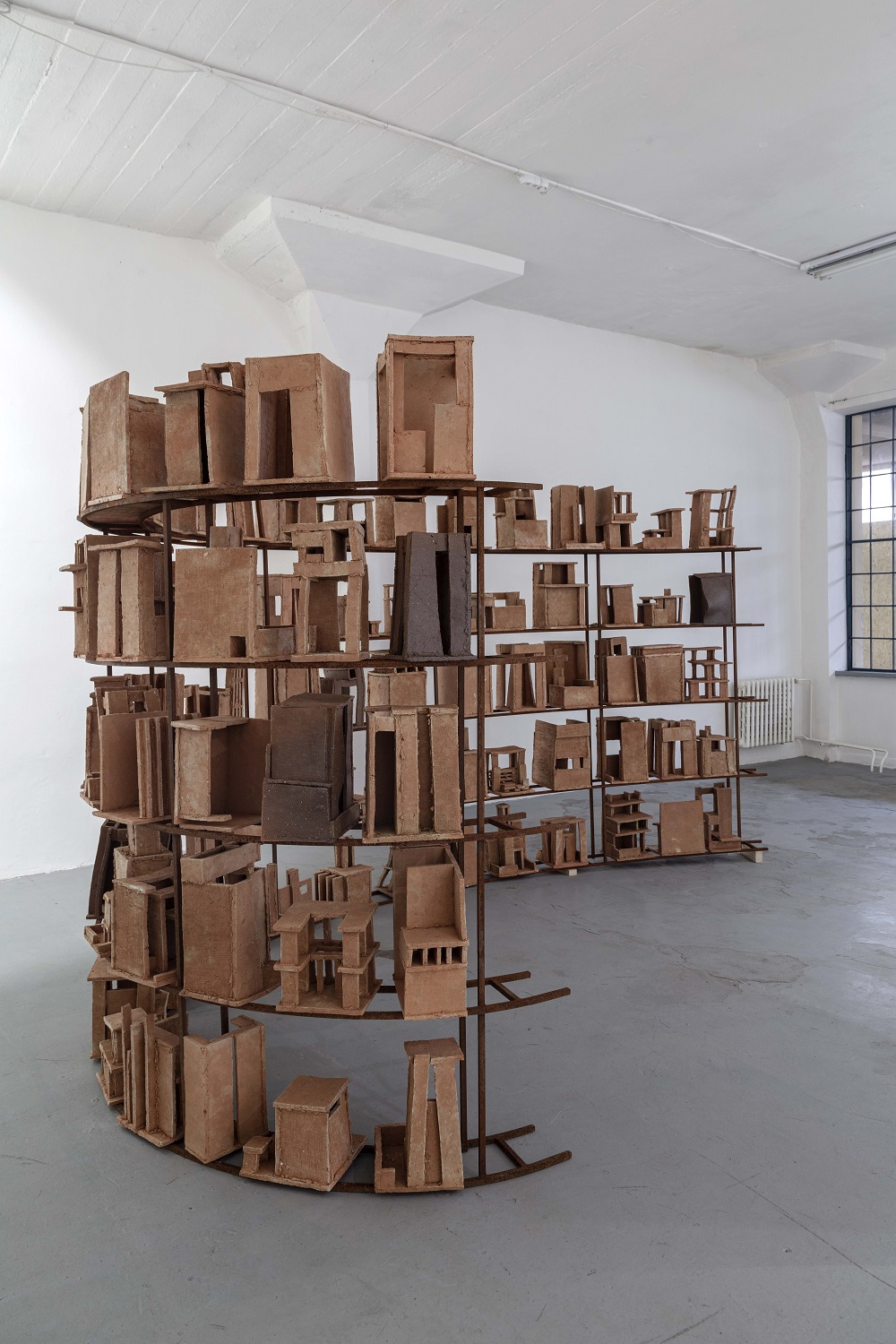
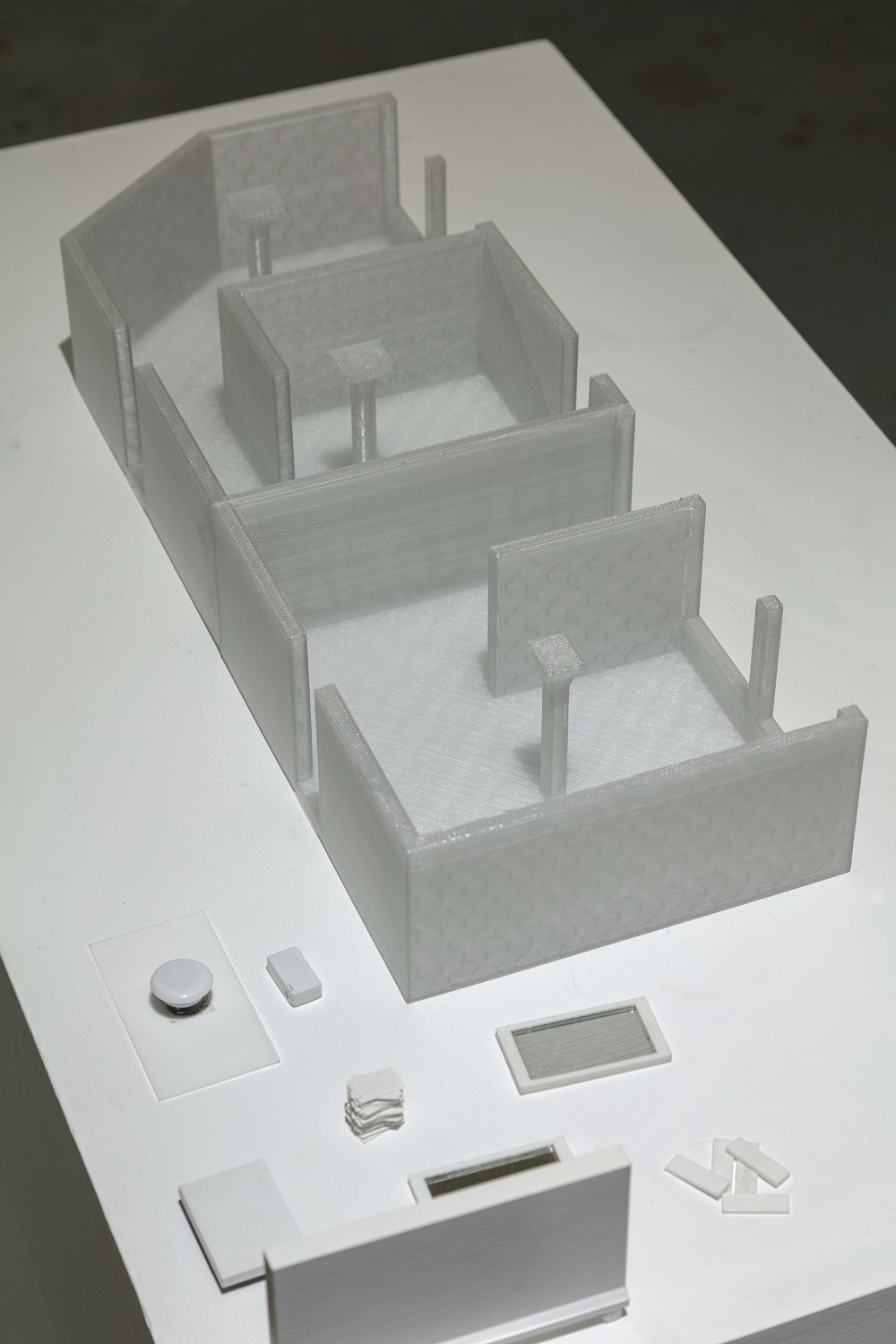
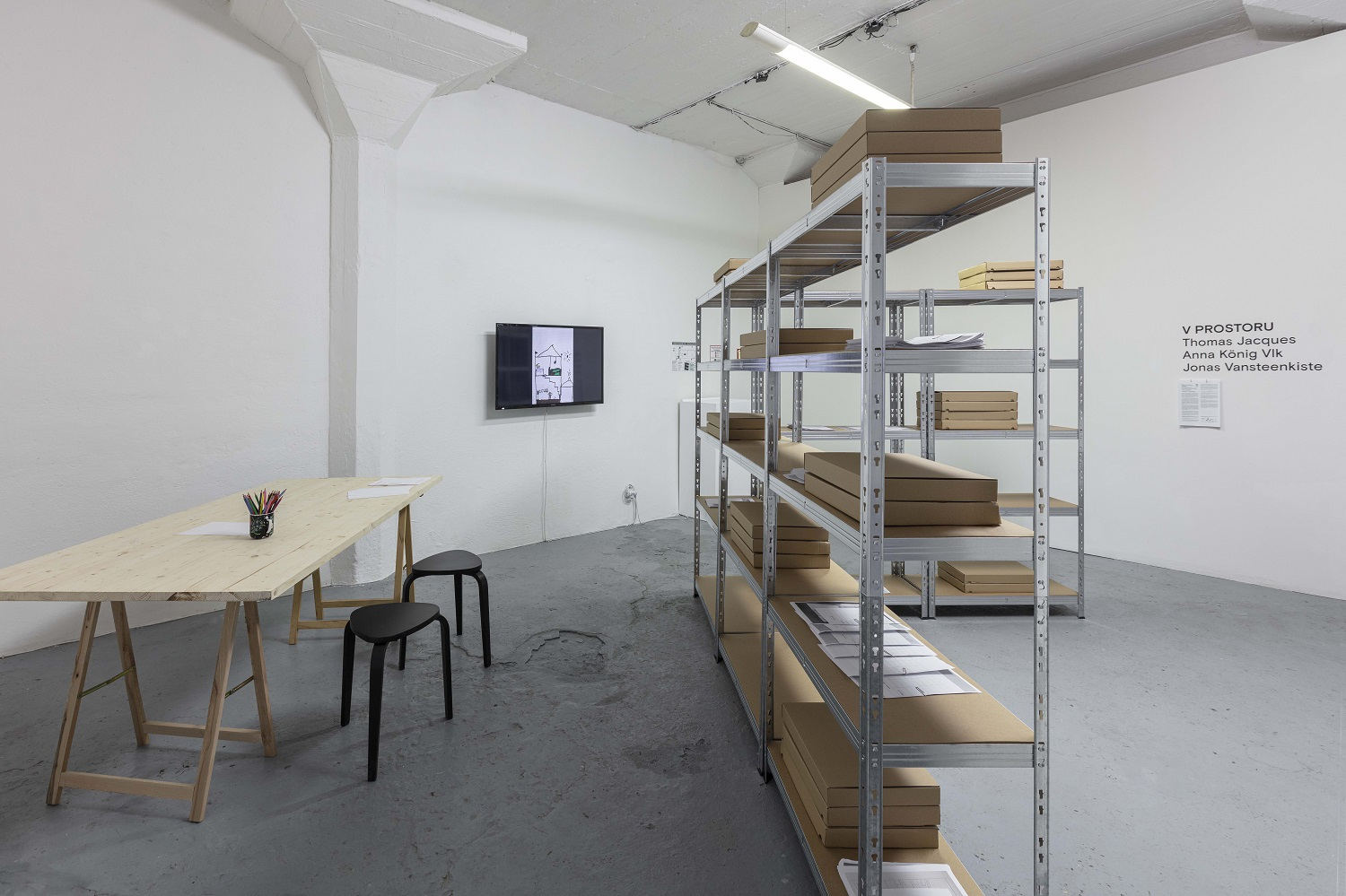
1st ACT – ECHO
What we carry on our shoulders is hidden in our innermost being. All the thoughts, the wishes, the unspoken sentences, the light and serious conversations we have had. Many times,
as children we have tried to create an echo in different places. In hindsight, we find that shouting into the wind is kind of silly and in adulthood, we tend to smile at the idea. Repeated ending of a short message that should rather be at the end. But in essence, it brings us back to the beginning, to ourselves, to what we have said and what we are saying, who we are and where we intend to go. The echo keeps us in the present and resonates within us like all sorts of news, information, and situations that wash away, colour, and modify until they almost disappear.
The echo is carried across the landscape,
over time, it washes away the informational value
that cycles through, like life itself.
Similarly, in his work Łukasz Horbów takes on the "natural" social order and natural phenomena, metaphorically pointing to the existential necessity of our life - being. What lives we live, where we are heading, and what events are happening around us, even though they may leave us with a sense of unease or a spike of fear, resonate within us constantly, like that cycling echo. The author points to the helplessness or blind faith of humanity in the change that nature can bring about in a single moment, from which something new and better can be born. At least that is always carried by the echo.
2nd ACT – DEPTHS
We must penetrate the depths and immerse ourselves. To gain confidence, we must explore every corner. Whether we're digging through the material from which we build our imaginations, creating magical spaces layer by layer, or trying to capture fleeting moments. The Pragovka gallery section ENTRY hosts works by four artists who are connected by the lyrical aspect of their art, thanks to which they formulate with ease otherwise difficult-to-grasp themes relating to our presence - space - landscape.
The actuality of Anna Bochková's ceramic objects, often depicting the power and magic of nature, engulfs and transforms everything humanity has created, like the imaginary battle between good and evil. Snippets of memories, narratives and stories are preserved in mythical figures, architectural objects and subtle symbols that force us to take a closer look. Robert Buček's monumental installation, entitled Where We Will Not Live, is not just a mere exaggeration; the sharpness of this motif not only leads Robert to create new levels of meaning, as was the case, for example, with the sculpture Hideout for Uherské Hradiště but also shapes his unmistakable handwriting. Julie Hrnčířová, whose artefacts are a mixture of everyday situations, chance encounters, and poetic corners, which she presents to us in various material combinations. She gives prominence to otherwise neglected moments that frame our present. In this case, it is ceramic frames that take the medium of photography to the level of an object in its own right. The visual traces, gestures and strong imagery of Jan Valik, represent an almost exploratory interest, and come together in large-format abstract paintings that emerge from the artist's inner world.
3rd ACT – IN SPACE
Visitors enter and exit through the Pragovka Gallery FOYER. Here, it’s like a detective novel - at the beginning of the first chapter you are introduced to the main characters, in this case, the artists, and your task before leaving the gallery is to figure out the motif - or the core of the exhibition. Many would argue that art speaks to us on its own and there is no need to over-explain it or look for hidden patterns. Yet we often find ourselves wishing for a helping hand.
Just as the unravelling of a detective plot takes time, so does art. It forces us to think, to perceive, and occasionally comment. Which is not easy. All the more so when we are in a space that is a home to artworks, a place that is diametrically opposed to our perception of a home. In Inside the White Cube, O'Doherty describes this occasional feeling: " Indeed the presence of that odd piece of furniture, your own body, seems superfluous, an intrusion." This is why in the third act we find the authors actively exploring this space, analysing its transformations, drawing up schemes and inviting the viewer to participate.
The installation Draw me a house by Jonas Vansteenkiste and Thomas Jacques takes us to an environment we know very well, our home. Even childhood drawings show us how important the symbol of the house is and how much our imagination is able to transform this space. How much has your perception of home changed with age, experience, and with your current situation? The task is simple - draw a house. Over time, you can see a growing installation that will lead to an archive rich in interpretation.
In Anna König Vlk's art experiment @art.mindpattern, we are taken from our homes to the gallery space, which as the main visual element determines the overall perception of the exhibitions and turns us towards the most important point, the possibility of understanding and interpreting the artworks. What if the mind of the curator, of the artist, of the ordinary spectator is so different that this understanding never happens? How do we perceive the gallery environment and its laws? Are there any hidden patterns of thinking that can lead us to a shared consciousness?
Anna König Vlk

